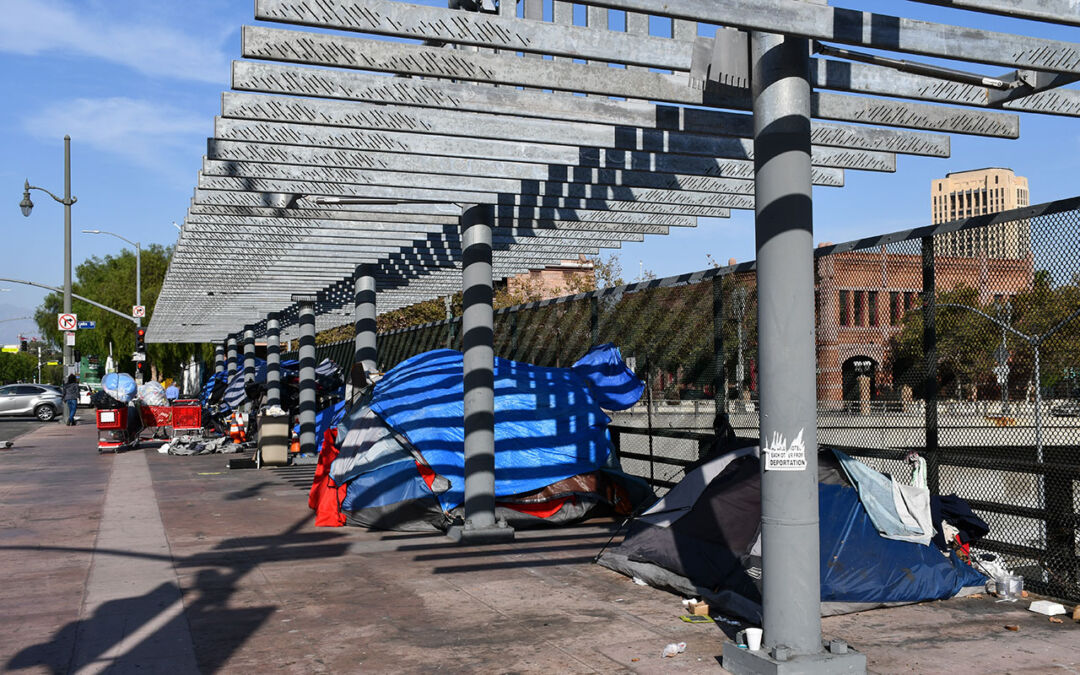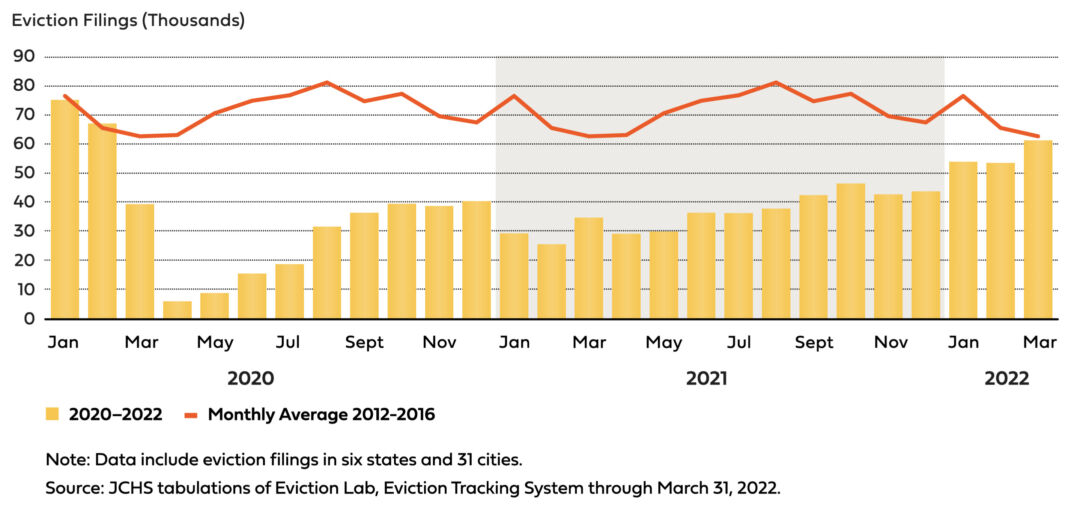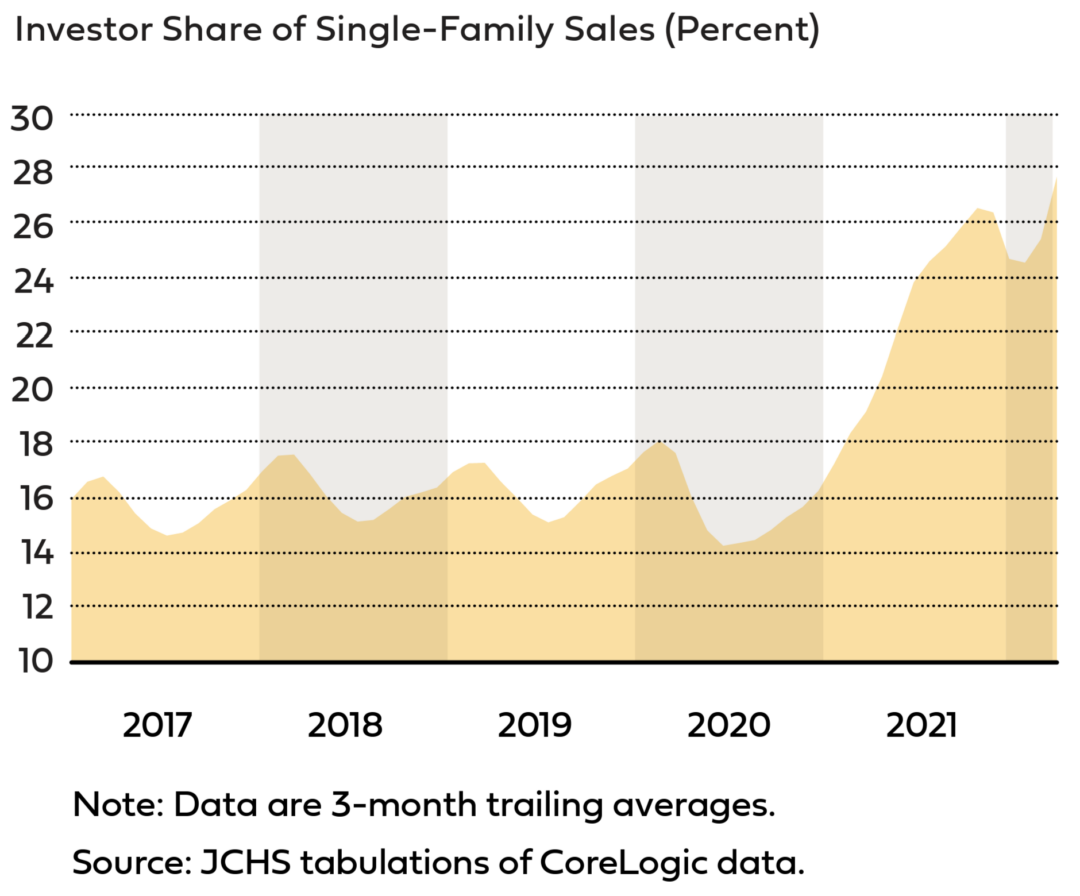The economic impact of housing insecurity in the United States

This column is the first in a series by guest authors examining systemic racial, ethnic, and gender inequities in the U.S. economy and in access to government social infrastructure and income support programs—inequities that hinder the full growth potential of our economy and the well-being of our society.
Homelessness in the United States is the most visible and jarring expression of housing insecurity, yet millions of people across the nation live in unstable housing conditions. These financially insecure people and families must often double or triple up with other people in housing designed for single families or single people. Many are living in their cars, outside encampments, or in temporary shelters. And many more are just one paycheck or one emergency away from losing their apartment or home.
Before the COVID-19 pandemic, there were between 8 million and 11 million people who were unhoused or on the verge of becoming homeless. At the height of the pandemic, between 30 million and 40 million people in the United States were at risk of losing their housing. Many of them were protected by emergency pandemic measures, such as rental aid, housing vouchers, expanded pandemic Unemployment Insurance, stimulus checks, the enhanced Child Tax Credit, and a nationwide eviction moratorium.
These programs provided critical support for those struggling with housing insecurity during the COVID-19 recession and the legacy of years of low wages and precarious work, without worker protections, such as paid leave or healthcare—all of which contributed to widespread financial fragility. Indeed, before the pandemic, there were 140 million poor and low-income people in the United States.
Investments in our nation’s social infrastructure via pandemic assistance programs brought these numbers down significantly, albeit temporarily, offering a glimpse of what a more equitable economy and society might look like—in which all workers and their families were treated as essential rather than expendable, where they could remain in their homes and living spaces, and where child well-being was a national priority.
The eviction moratorium was the longest-running of these programs, enacted first under the Coronavirus Aid, Relief, and Economic Security, or CARES, Act in March 2020 and then extended by the U.S. Centers for Disease Control and Prevention multiple times. The moratorium was lifted in August 2021, when the U.S. Supreme Court ruled that the CDC had exceeded its authority.
Although the decision was premature, and the court itself acknowledged that between 6 million and 17 million tenants would be at risk of eviction, it nonetheless went forward, imposing this unnecessary trauma on millions of U.S. households. Evictions are now on the rise and may even surpass pre-pandemic levels. (See Figure 1.)
Figure 1
Home evictions on the rise again in the United States

According to a new study from the Joint Center for Housing Studies at Harvard University, rent increases for apartments reached record levels in 2022, with more than 75 percent of large metropolitan rental markets experiencing double-digit percentage growth in rental prices. These rising rental costs weigh heavily on poor and low-income households, especially historically marginalized households that do not have generational wealth upon which they can either fall back on or use to provide the financial resources to become homeowners.
The same study also documents that in 2022, lower-income households, renters, and homeowners of color were more likely to be behind on their mortgage and rental payments than other households. More recent Household Pulse data (from October 5–17, 2022) show that approximately 5.3 million households are behind on their home mortgage payments. More than 40 percent of these households (2.29 million) have an annual household income of less than $50,000. Nearly 19 percent of these financially stressed people (994,000) are Hispanic, 14 percent (770,000) are Black, 14 percent (785,000) are Asian American, and 46 percent (2.48 million) are White.
The same Household Pulse data show that among renters, the numbers are worse, with roughly 13 percent of the nation’s renters—more than 7.7 million people—behind on their rent. These renters are disproportionately Black (22 percent, or 1.7 million) and Hispanic (28 percent, or 2.2 million), although White renters account for 37 percent (2.8 million) of this population. More than two-thirds, or 5.2 million, are poor or low-income renters.
Part of this home mortgage and rental housing crisis is driven by the entry of Wall Street investors, particularly speculative private-equity firms and hedge funds. Home purchases by these financial investors, which have been on the rise since 2008, spiked in 2021, contributing to these unaffordable rents and home prices. (See Figure 2.)
Figure 2
Investors are buying up a record share of single-family homes

What’s more, the U.S. Bureau of Labor Statistics just last month reported that shelter prices are the dominant factor in the monthly increase in inflation. According to the BLS report, “over the past year, the shelter index has gone up 6.9 percent accounting for 40 percent of the total increase in all items, less food and energy.”
In short, housing insecurity is having an economywide impact.
Housing (in)security is a policy choice
Amid the continuing COVID-19 pandemic, there are policies that can relieve the pressures and trauma of housing insecurity. The answer to homelessness is housing. The answer to unaffordable housing is to make housing affordable through rent control, debt relief, and living wages. In 2022, a true housing wage for a two-bedroom apartment would be $25.82 an hour, or about 3.5 times the federal hourly minimum wage of $7.25.
These are some of the demands that have been made by the National Union of the Homeless and others to push back against street sweeps, rental evictions, and mortgage foreclosures. Today, alongside a growing network of homeless-led organizing, tenant organizing is gaining momentum, with creative tactics such as disrupting and blocking eviction hearings. Ballot initiatives for affordable housing, rent control and support for unhoused people are being passed in dozens of cities.
The Poor People’s Campaign has incorporated these experiences in its “moral policy” agenda, a broad-reaching document that articulates a concrete platform to establish a more equitable and just society. On housing, it calls for:
- The immediate cessation of all evictions and foreclosures, sweeps (of cars and encampments), and the criminalization of unhoused people
- An end to housing speculation, rent increases, and late fees on mortgage and housing payments
- An expansion of affordable, equitable, and safe public housing (not government encampments or congregate shelters) for all in need—regardless of gender, citizenship documentation, or carceral status, funded in part by profits unduly gained by the finance, insurance, and real estate sectors of the U.S. economy
- Relief for housing and rental debts
Many of these policies have an historic or contemporary basis to build from. Over the past 2 years, there have been temporary or partial implementations of a number of these policies. They were proven to be effective then. They also ended too soon.
This is not unique to housing policy. The Child Tax Credit was indisputably effective in reducing child poverty, food insecurity, and housing insecurity in the United States, especially among the poorest children and households (who are disproportionately Black and Latino). Yet this program also was ended prematurely. Within weeks, nearly all of its gains were swiftly undone.
Rather than resource scarcity, these programs were cut due to a scarcity of political will. That needed political will is now being mustered by organizations that are willing to build power among those most impacted by ongoing injustice.
The power for poor people
When Rev. Dr. Martin Luther King Jr. was working toward the launch of the 1968 Poor People’s Campaign, he recognized that building the political will for anti-poverty programs required organizing poor and dispossessed people—across race, issue, geography, and other lines of division—to take action together. In Where Do We Go From Here, he wrote:
When people are mired in oppression, they realize deliverance when they have accumulated the power to enforce change. When they have amassed such strength, the writing of a program becomes almost an administrative detail. It is immaterial who presents the program; what is material is the presence of an ability to make events happen … our nettlesome task is to discover how to organize our strength into compelling power so that government cannot elude our demands.
At a meeting of poor people’s organizations in January 1968, King described that power in more detail: “Power for poor people will really mean having the ability, the togetherness, the assertiveness, and the aggressiveness to make the power structure of this nation say yes when it may be desirous of saying no.”
More than 50 years later, the Poor People’s Campaign: A National Call for Moral Revival has taken up this legacy, organizing the nation’s 140 million poor and low-income people across more than 40 states.
The Kairos Center for Religions, Rights and Social Justice, which co-anchors the Poor People’s Campaign with Repairers of the Breach, has deep roots in poor-led organizing. From the National Welfare Rights Organization and the National Union of the Homeless (see sidebar) to front-line organizing around housing, healthcare, water, public education, low-wage work, immigration, and more, the Kairos Center has emerged out of more than two decades of groundbreaking struggle, dynamic liberation theology, and engaged research and scholarship.
This winter, the Kairos Center is collaborating with the reconstituted National Union of the Homeless for a “Winter Offensive” against poverty in the midst of plenty. From Thanksgiving to Martin Luther King Day, the Kairos Center and the National Union of the Homeless will expose the injustice of homelessness. Armed with testimonies, facts, art, music, and theology, the 8-week organizing drive will reclaim the true spirit of this season, insisting that a more equitable society is not only necessary, but possible.
—Shailly Gupta Barnes is the policy director for the Kairos Center for Religions, Rights and Social Justice and the national policy director for the Poor People’s Campaign: A National Call for Moral Revival. She has a background in law, economics, and human rights, and has been working with and for poor and dispossessed people for nearly 20 years.




